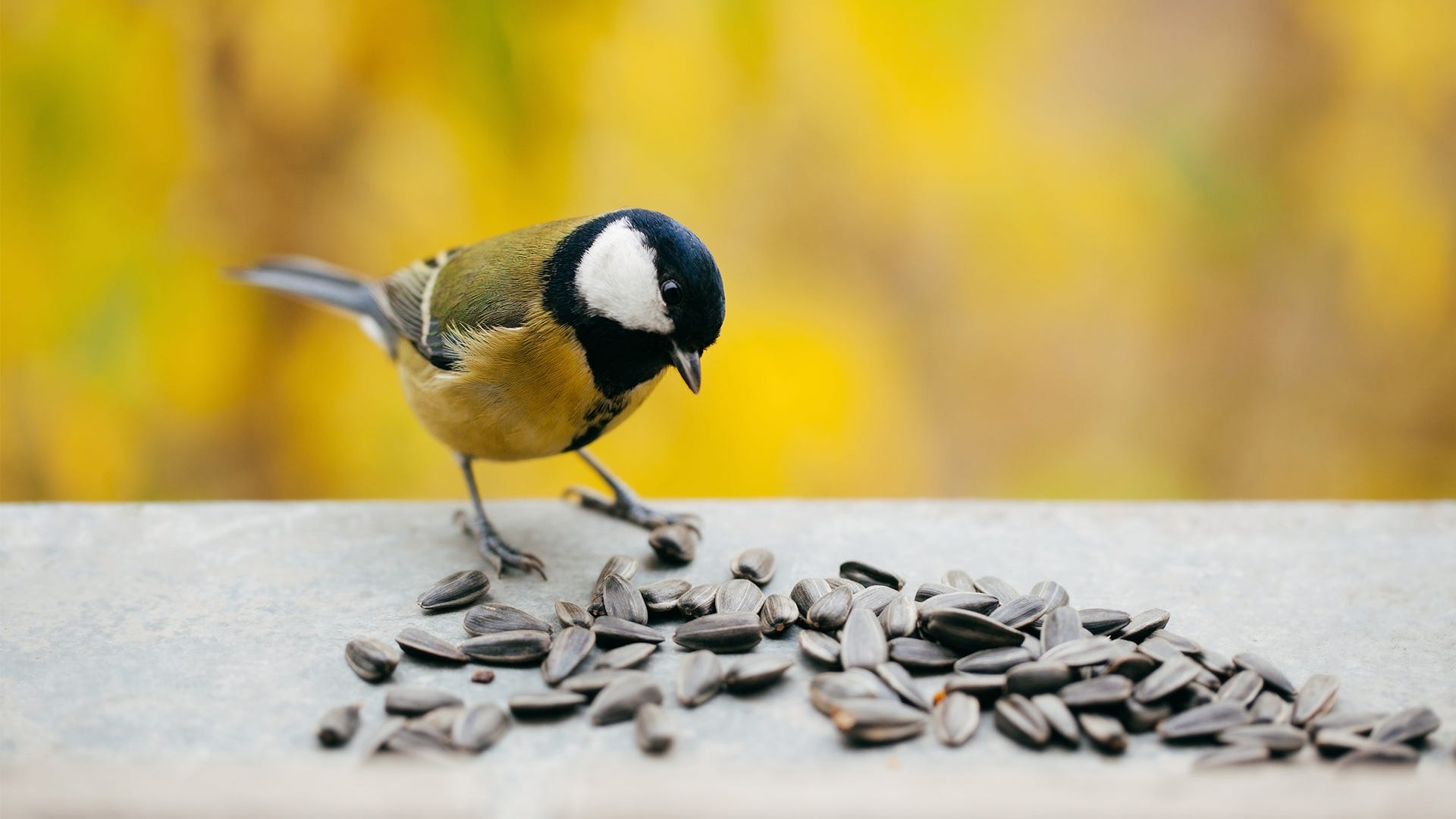
Like any hobby there are tricks to the trade and expert knowledge that many individuals can benefit from: wild bird feeding is no different. Whether you’ve been feeding birds for a few months, or years, the rumor mill is always running. We’re here to set your mind at ease and put five popular bird feeding myths to rest.
Myth 1 - Bird feeding in the late summer/fall will prevent migration. Just because the weather is cooling, doesn’t mean you should pack away feeders or seed for the winter. Some birds, such as robins or waxwings, change location often based on food sources, but most will move from food supply to food supply because of weather, daylight, and genetic instincts. For example, American Goldfinches can be founding munching on thistle with snow on the ground. So instead, keep your seed feeders hanging to help wild birds maintain their energy throughout the colder temperatures.
Myth 2 - Peanut butter causes wild birds to choke. Some avid birders are worried that offering peanut butter to their feathered friends will cause digestive problems resulting in death, which is not the case. The high protein snack is very beneficial to wild birds and provides them a high calorie and fat content alternative. Still think peanut butter is too sticky? Mix in cornmeal or flour until reaching a crumbly texture.
Myth 3 - Birds’ feet will freeze to metal feeder perches in the winter. As creatures of habit, people tend to live by the “don’t stick anything wet to ice” rule. But that rule isn’t in effect when it comes to birds’ feet. Since there is a low blood flow and lack of sweat glands in their feet, there’s nothing to stick to the frozen metal perches. To protect birds feeding in the winter, place your seed feeder in a dry, covered area.
Myth 4 - Feeding birds from feeders makes them dependent on you. On average, bird feeders provide 25 percent of a wild birds daily food supply. Other popular food sources include, insects, berry producing trees and bushes, and trumpet shaped flowers to name a few. To maximize the nutritional value for your feathered friends, place your feeder in an optimal position near a natural source.
Myth 5 - Mixed seed is a bad choice when filling your bird feeders. Before selecting a bag of mixed seed, make sure that you know what types of bird species you’d like attracted to your feeders. Although there is a risk of scattered seed, offering a mix of sunflower seeds, millet, milo, nuts, and others, you’ll be able to bring the widest variety of wild birds to your yard. Just make sure to monitor seed levels, clean regularly, and be vigilant about keeping the ground below your feeder clean.







